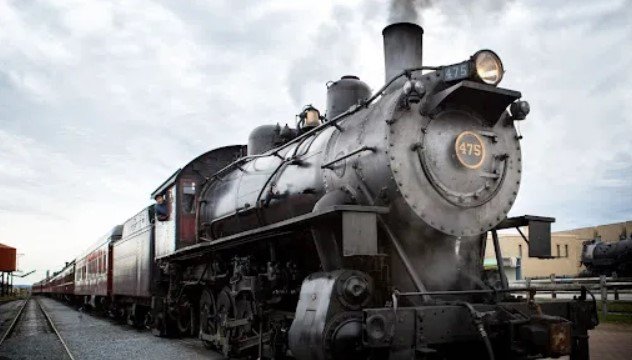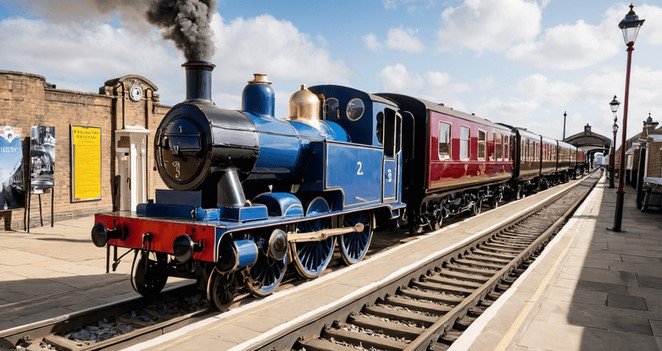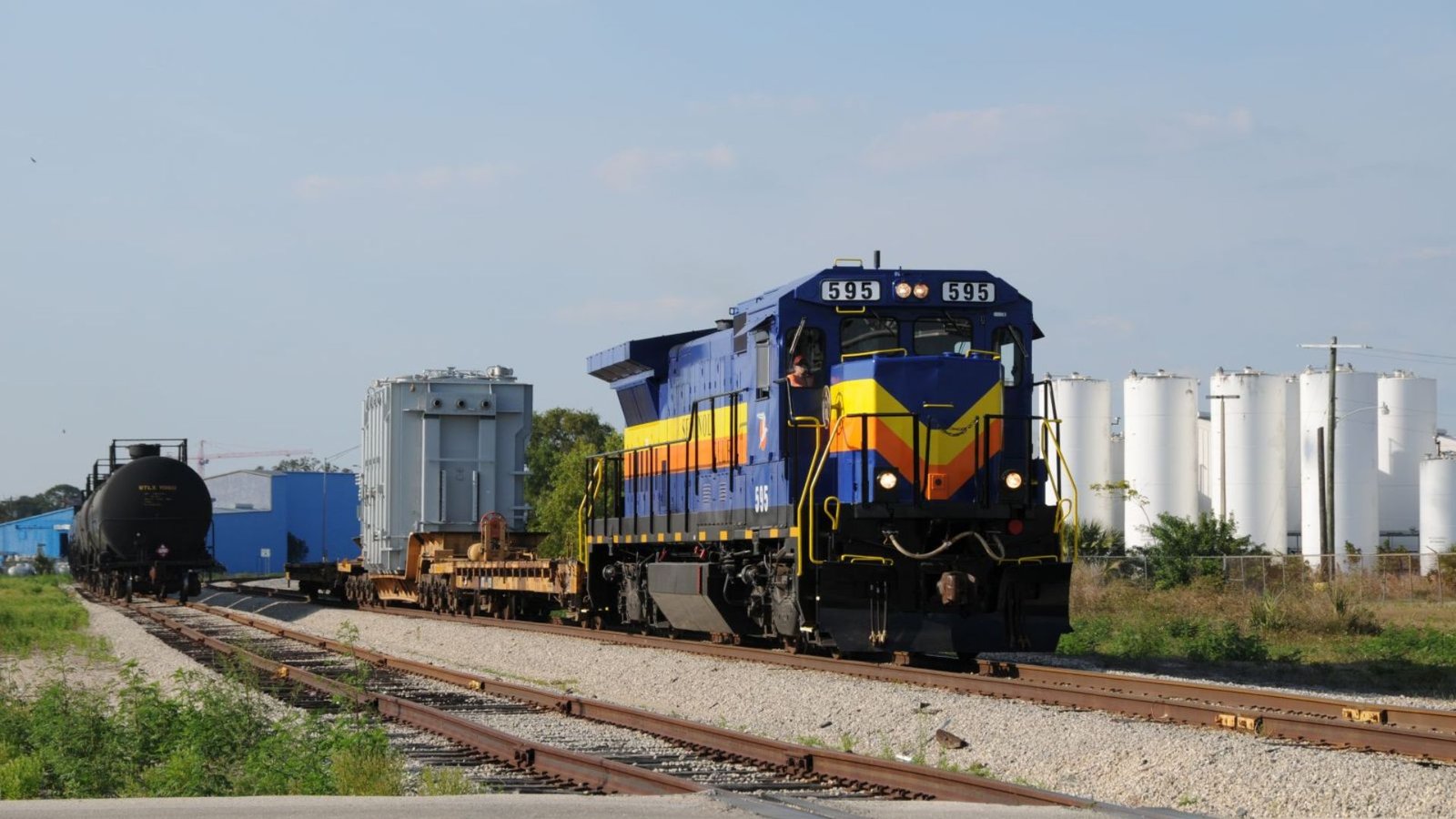Preserving historical railroads as heritage sites plays a critical role in maintaining cultural and historical connections. These railroads tell the story of how communities evolved, how trade and travel developed, and how industrial revolutions shaped modern life. By safeguarding these relics of the past, we ensure that future generations can appreciate their historical significance. Let’s explore why preserving historical railroads as heritage sites is vital and the steps needed to protect them.

The Importance of Preserving Historical Railroads
Historical railroads represent more than just transportation systems; they are vital to understanding our past. These railroads are symbols of innovation, perseverance, and the transformation of entire nations. They connect us to the periods of industrial growth, wars, and migrations, and they hold memories of communities and people who once depended on them.
When preserved as heritage sites, these railroads serve as tangible links to history. They remind us of how far we’ve come and the importance of remembering where we started. Through preservation efforts, we can educate the public about the significance of railroads in shaping economies, societies, and cultures.
Challenges in Preserving Historical Railroads
While preserving historical railroads is crucial, the task comes with many challenges. One of the most significant obstacles is the sheer cost of restoration. Maintaining old tracks, stations, and locomotives requires significant financial resources. Many historical railroads face the risk of decay due to neglect, exposure to harsh weather conditions, and lack of funding for maintenance.
Another challenge is the shifting priorities of local governments and communities. Urbanization and development often place historical sites at risk as new infrastructure projects push aside older structures. In these cases, the preservation of railroads can be overlooked in favor of more immediate economic or developmental concerns.
Efforts in Preserving Historical Railroads
Despite the challenges, there have been significant efforts to preserve historical railroads around the world. In many countries, local governments and nonprofit organizations collaborate to fund preservation projects. These efforts often involve restoring old locomotives, maintaining tracks, and preserving stations as museums or cultural centres. These heritage sites serve as educational tools, allowing people to explore history firsthand.
Many of these railroads offer historical train rides, giving visitors a chance to experience the past in a way that is both engaging and informative. For instance, the heritage railway in England, the Settle-Carlisle Railway, offers scenic train rides that highlight the history and architecture of the line. This combination of preservation and tourism provides both historical education and economic benefits to the surrounding community.
The Role of Tourism in Preservation
Tourism plays a vital role in the preservation of historical railroads. As more people visit these heritage sites, the economic benefits grow, making it easier to secure funding for preservation and restoration efforts. In many cases, the revenue generated from ticket sales and tours goes directly into maintaining the railroads and improving the visitor experience.
Furthermore, the demand for historical railroads as tourist attractions encourages local governments to prioritize their protection. Communities recognize that preserving these sites can boost local economies, create jobs, and generate interest in their cultural heritage. As tourism continues to grow, preserving historical railroads becomes more of an investment in both heritage and economic prosperity.
Global Examples of Successful Preservation
Several global examples showcase the success of preserving historical railroads. In the United States, the Grand Canyon Railway has been beautifully preserved, offering visitors a glimpse of the past while providing a scenic journey to the Grand Canyon. Similarly, the historic Trans-Siberian Railway in Russia has been carefully maintained, allowing travellers to experience one of the most iconic rail journeys in the world.
In Europe, the Swiss Federal Railways has worked tirelessly to preserve its historical rail lines, with many routes offering a mix of heritage trains and modern services. These global examples demonstrate how historical railroads can be preserved and integrated into modern tourism, ensuring that their legacy endures for future generations.
Conclusion
Preserving historical railroads as heritage sites is a crucial endeavor that helps maintain a connection to our past. Despite challenges, efforts to restore and protect these railroads continue to grow. These preservation efforts benefit local communities, educate the public, and provide a unique experience for travellers. As the world continues to change, the role of historical railroads in tourism and heritage preservation will only become more significant. By ensuring these railroads remain intact, we can continue to celebrate the history, culture, and innovation they represent.




